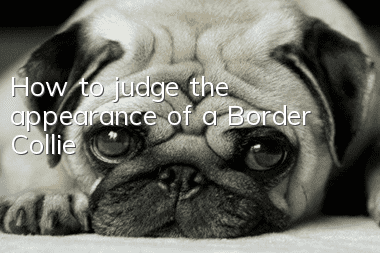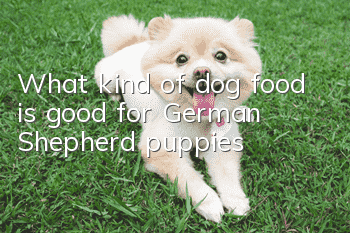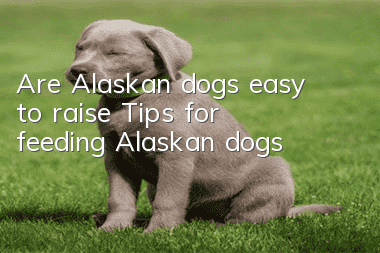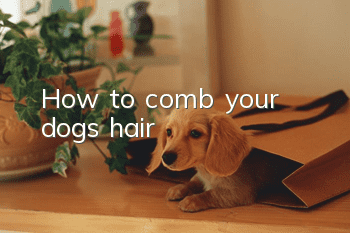How to judge the appearance of a Border Collie

1. Body shape
The height of males ranges from 19 to 22 inches at the withers; the height of females ranges from 18 to 21 inches. Body length (distance from end of shoulder blade to hip) is slightly greater than height at withers. Bones are strong but not exaggerated and proportionate to overall size. The overall symmetry of height, length, weight, and bone mass is crucial and is much more important than any single feature. Excess weight should not be mistaken for muscle or bone mass. Any single feature that affects the balance of the whole will be considered a defect.
2. Head
Expression: Intelligent, alert, enthusiastic and curious. Eyes: Widely set, medium in size, oval. The eye rim pigment and eye color are brown; if the main color of the body is not black, the eye color will be significantly lighter. Lack of pigment in the eye circles is a fault. Blue eyes are to be faulted in dogs of any color other than merle. Ears: Medium size, set widely apart, erect or semi-erect (keep 1/4 to 3/4 of the ears erect). The tips of the ears point forward or sideways. The ears are sensitive and flexible. Skull: Broad, occiput not prominent. The length of the skull is equal to the length of the front face. The stop is moderate but clear. Muzzle: Slightly short, strong, and blunt, with a slightly tapered nose. The lower jaw is strong and well developed. The color of the nose is consistent with the main color of the body, and the nostrils are well developed. Bite: Strong teeth and jaws, scissors bite.
3. Forequarters
Viewed from the front, the forelimb bones are well developed and parallel to each other. Viewed from the side, the ankle is slightly tilted. The angle between the shoulder blade and the upper arm is appropriate. The elbows are neither turned in nor turned out. Dewclaws can be removed. The feet are compact and oval, with deep and strong pads, and the toes are moderately arched and compact.
4. Hindquarters
Broad and muscular, with a gentle slope to the tail. The thighs are long, broad, deep and muscular. Stifles are well angulated, hocks strong and set low. Viewed from the rear, the hindquarters are well boned, straight, parallel to each other and very slightly bovine. Dewclaws can be removed. The feet are compact and oval, with deep and strong pads, and the toes are moderately arched and compact. Toenails are short and strong.
5. Coat
Two types are allowed: coarse hair and short hair. Both types have a double coat that is soft, dense, and resistant to harsh weather conditions. Puppy hair is short, soft, thick, and waterproof. Converts into undercoat in adulthood. Coarse hair type: The hair is medium in length, flat in texture, slightly wavy, and the facial hair is short and smooth. The forelimbs are feathered. The hair on the hind ankles can be cut short. As age increases, the hair will gradually become very wavy, which is not a fault. Short-haired type: The hair all over the body is very short.The forelimbs may be feathered, and the chest may be well-haired. [5]
6. Color
Border Collies come in many colors, styles and markings. The most common color is black with (or without) white ribs, white collar, white socks, white tail tip, with (or without) brown markings. Various body colors are allowed, with the exception of pure white. Single colours, two colours, three colours, and traditional colors should be treated equally in competition. Color and markings are secondary indicators in competition, body structure and gait are the primary indicators.
7. Gait
The Border Collie is an agile dog that can suddenly change speed and direction without losing balance and grace. Endurance is the signature of this breed. Its trot is open, smooth and effortless. The distance between the feet and the ground is the shortest, and when it glides easily, there is no change in the topline (the topline is smooth). Viewed from the side, its stride length is very large, its stride frequency is very low, and its movements are rapid and accurate. There is no slack in the shoulders, elbows, and ankles. Viewed from behind, the limb drive is strong and elastic. The hocks are close together but not crossed. Deviation from the correct gait described above is a fault. In the final review, gait is the most important feature and is used to determine whether the body structure is reasonable and correct.
- What can’t German Shepherds eat? Introduction to German Shepherd dietary taboos
- What Pomeranians can’t eat. Introduction to Pomeranian taboo foods.
- What vegetables should puppies eat?
- How to judge the appearance of a beagle. Tips for selecting a beagle.
- What is the personality of the Great Dane? Introduction to the personality and temper of the Great Dane
- Are Corgis highly intelligent? Introduction to Corgi IQ rankings
- What is the personality of a Rottweiler? What are the personality traits of a Rottweiler?
- What is the personality of a Border Collie? What are the personality traits of a Border Collie?
- Does dog foot hair need to be trimmed? How to trim dog foot hair?
- How to supplement calcium in German Shepherd



